What’s the Difference Between Processes and Procedures?
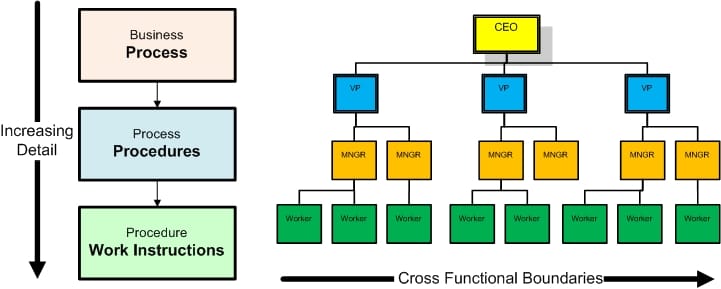
First, what are processes and procedures? A process defines the big picture and highlights the main elements of your business–breadth. A procedure captures more detailed elements and adds more information for functional responsibilities, objectives, and methods–depth. Taken together, they each have different roles to play in defining the standard operating model of your business. What’s the Difference Between Processes and Procedures?
Difference Between Processes and Procedures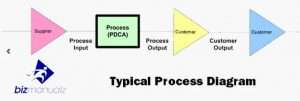
The difference between processes and procedures can be summed up as breadth and depth.
What Is a Process?
A process is a set of steps that are followed to convert an input into an output. A process encapsulates the overall picture and highlights the most important aspects of your company. A process typically operates at a higher level, possibly across many functions, and may cross department lines. A process may contain one or more procedures and may refer to procedures from other processes. Work Instructions provide even more detail for a procedure. Processes, procedures, and work instructions can expand like an organization chart.
Process maps are used to depict business processes, which make up and define your business. Critical business processes must be controlled and procedures help define, document and maintain that control. For example, take a look at the Vendor Process below depicted in a process map showing the inputs and outputs.
The Revenue Process
Let’s look at the Revenue Process, one of the ten core business processes. The revenue process starts when sales takes an order. The order is pulled from inventory and shipped. But the revenue process is not complete until the order goes through collections and is converted from merchandise into cash. Notice how the Revenue Process crosses various department boundaries from sales, to the warehouse, to accounting.
A process is in control when objective are clearly defined, metrics are tracking how well the process is achieving the objective, and actions are clearly taken when objectives are not met. Clearly defined responsibilities, measures, actions, and operating time frames help to establish the controls that are typically found within a procedure. The revenue process is complex and operates across many functions and departments, which may result in a number of different procedures. What is a Procedure?
What Is a Procedure?
A “procedure” is a term used in a variety of industries to define or document a series of steps, taken together, to achieve a consistent result, in this case process outputs. Procedures can be called a Standard Operating Procedure, (SOP), a good manufacturing practice (GMP), or a business best practice.
Procedures are required for compliance and procedures reduce compliance costs, are helpful for training, and procedures help to retain important information that helps the organization prevent errors. A simple process may be described by a single procedure. But a more complex process, like the Revenue Process, will have multiple procedures.
The Revenue Process may be made up of a single procedure or five individual procedures that define the core elements of the process: sales orders, pulling inventory, shipping, collections, and cash deposits. A lot depends on functional boundaries, the size of the organization, the type of business, and where critical control points should be placed. Many times different processes intersect. The revenue process may intersect with the sales process, inventory process, cash process, and manufacturing process.
Difference Between Processes and Procedures
A process is a set of steps that are followed to convert an input into an output. A “procedure” is a term used in a variety of industries to document a series of steps in a process. Your business model defines what processes and procedures are important and how they may intersect. Procedures are not the same as work instruction, although many people think they are the same thing. Did this article help to define the difference between processes and procedures?


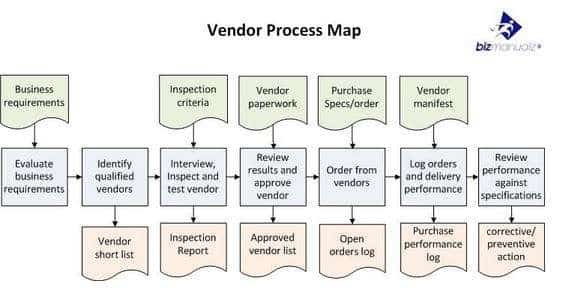

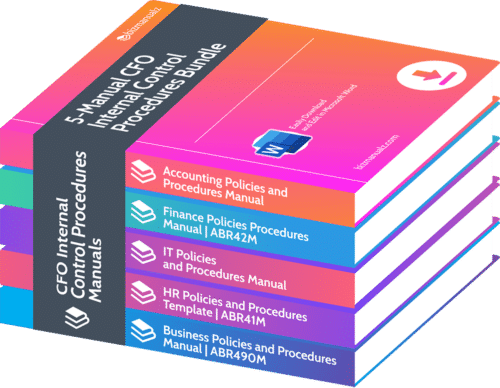

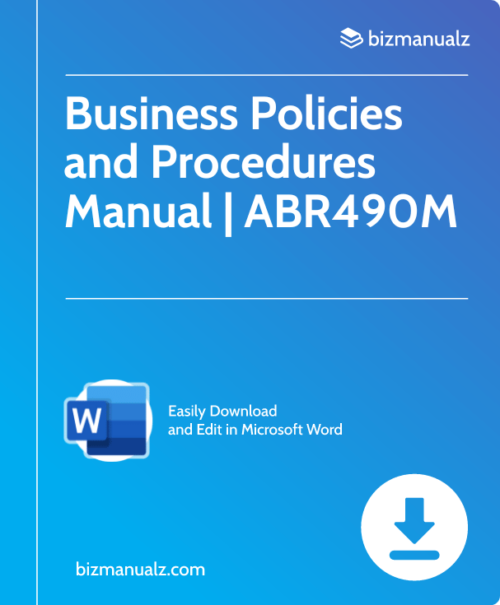














A very good and concise explanation of the subject matter
The difference is clearly explained.
An excellent overview…
Very useful information. Thanks!
It is very useful information
Thanks a lot for your useful information!
Clear and straightforward explanation thanks
This article was very much helpful where I got the real meaning of the difference between Process and Procedures.
useful information for me
Useful information.
very useful i have a good idea about both words